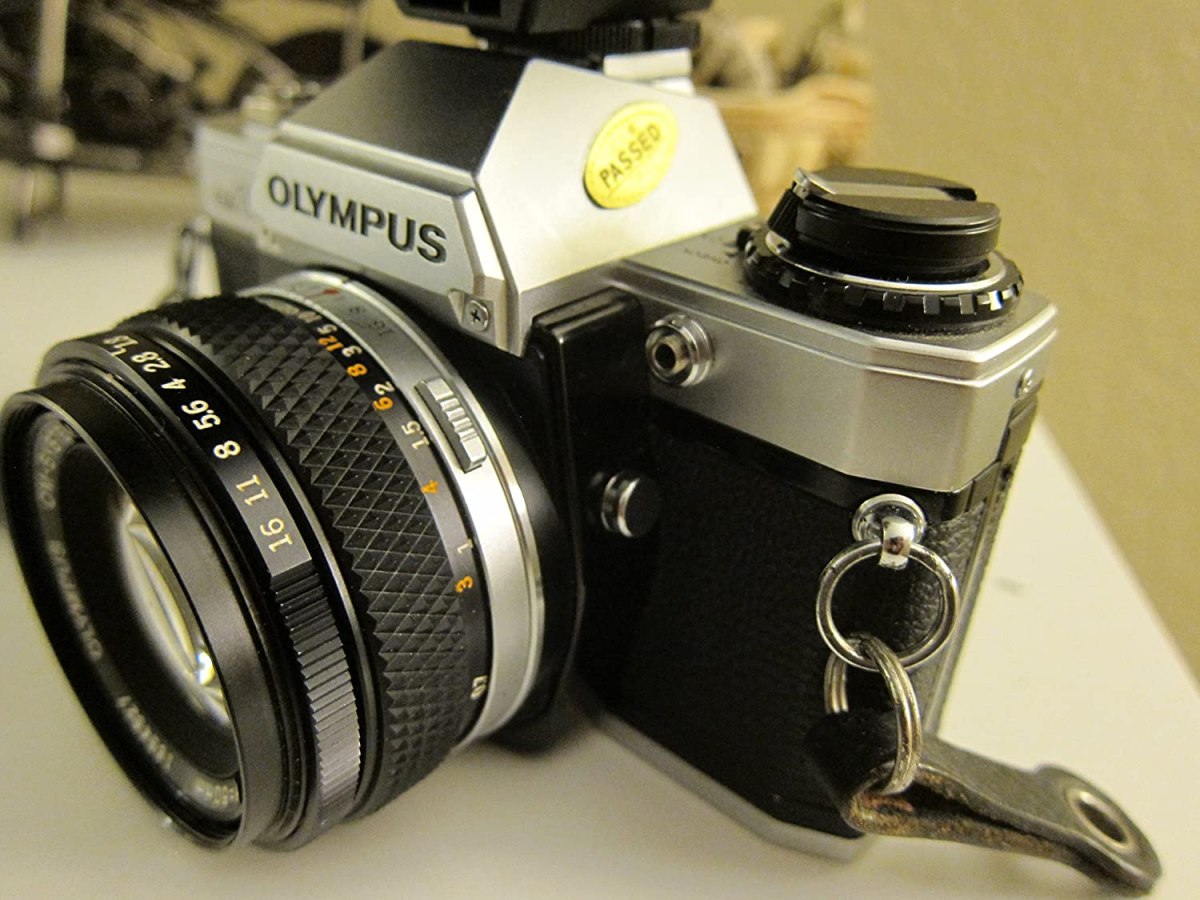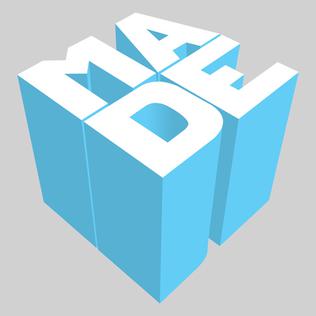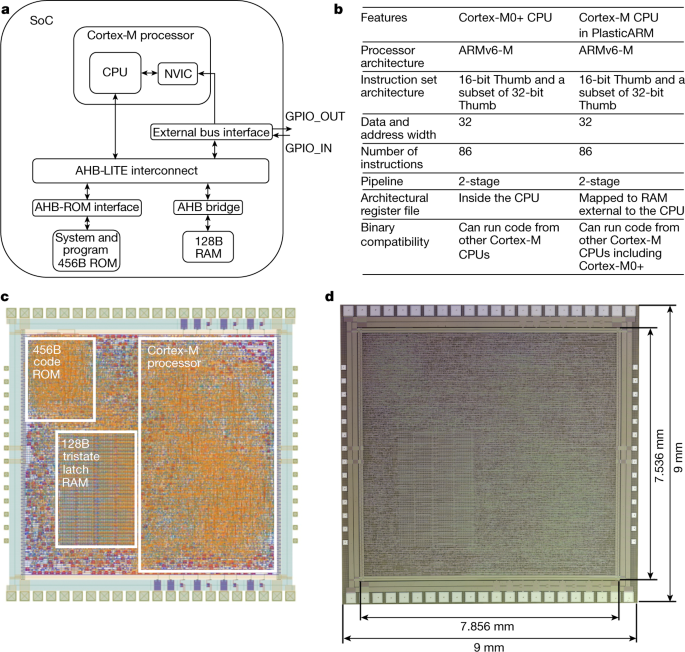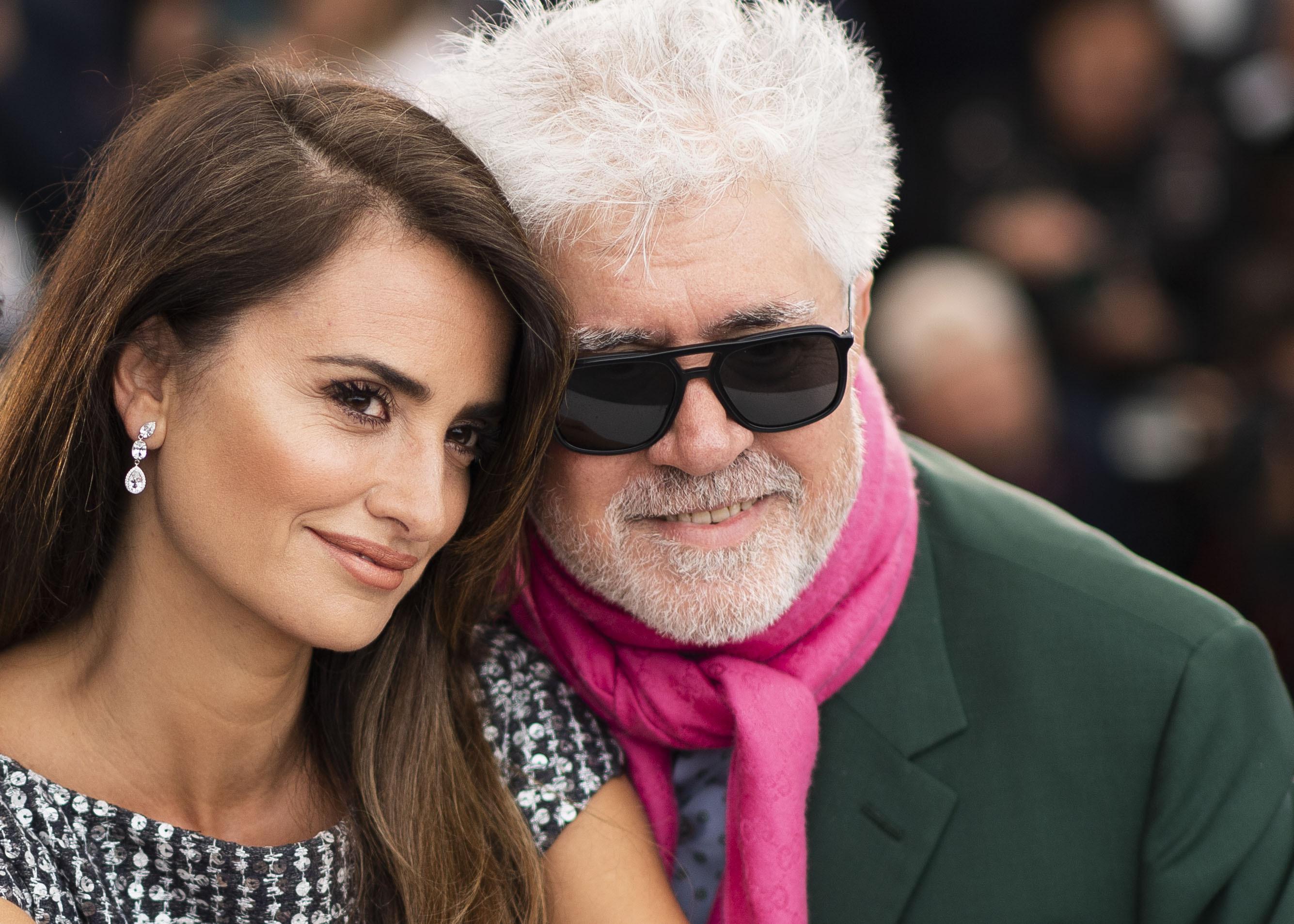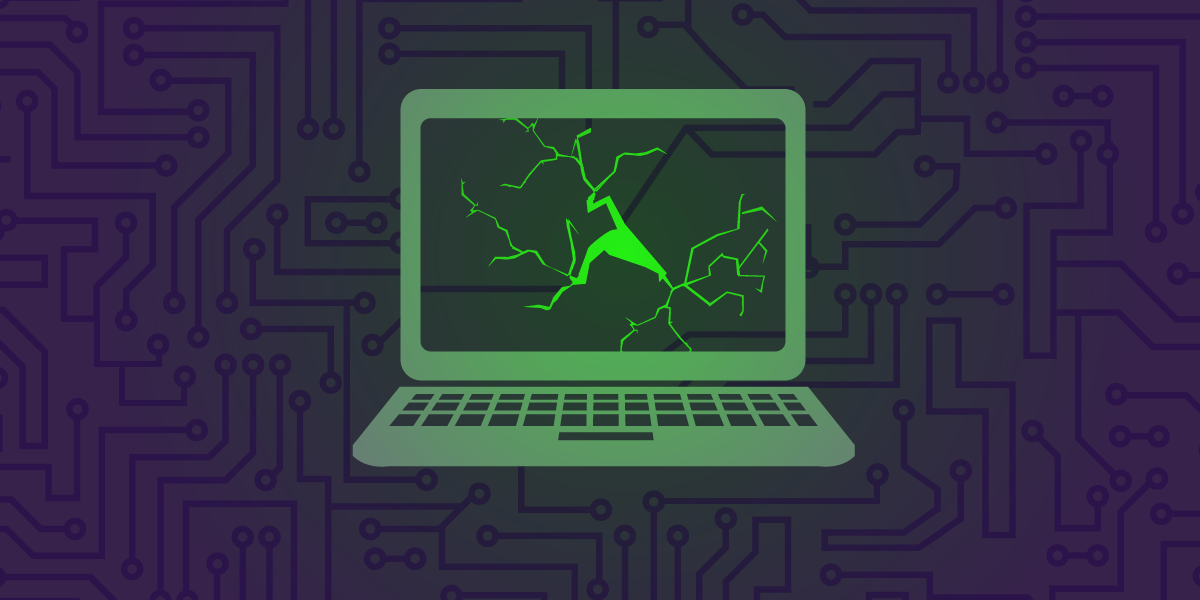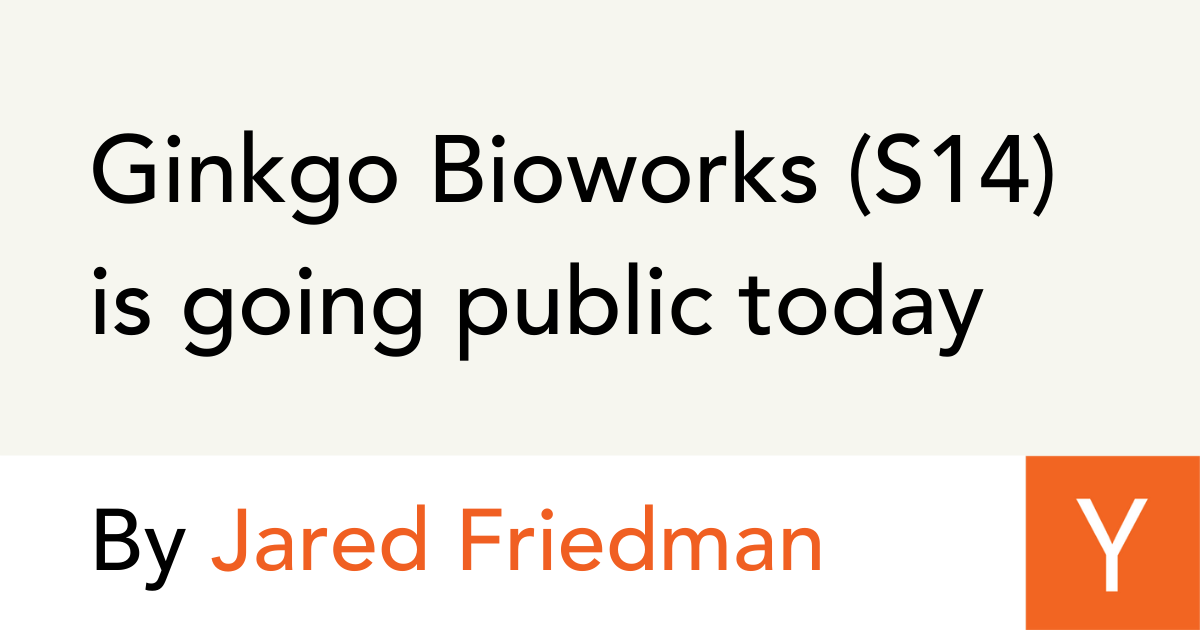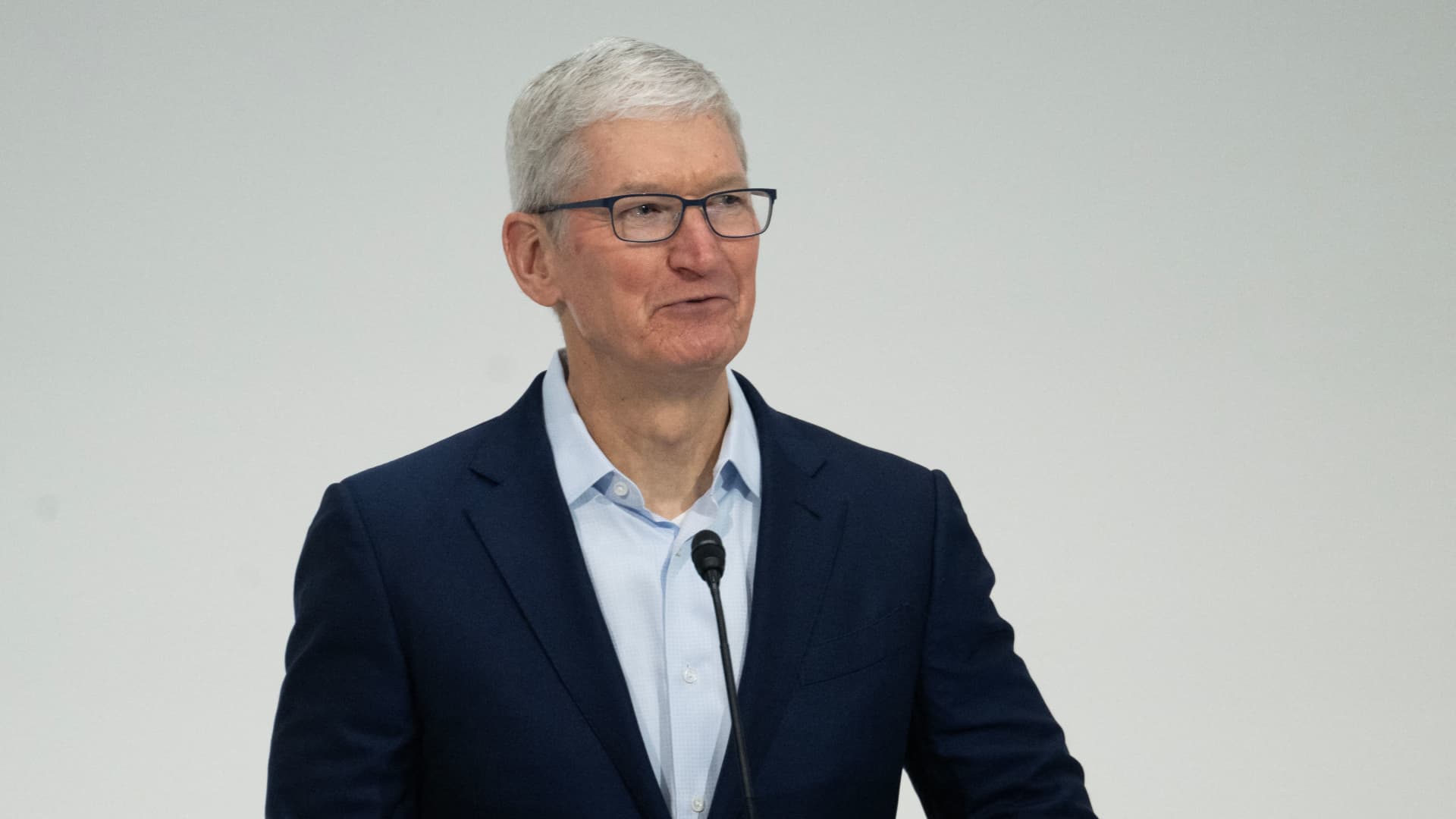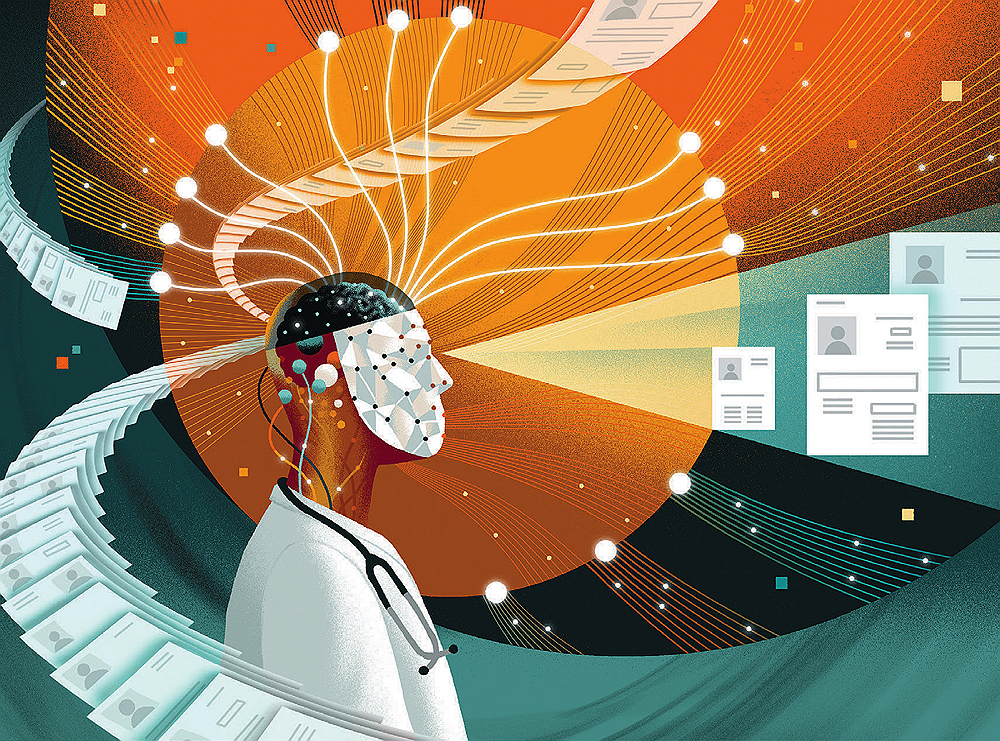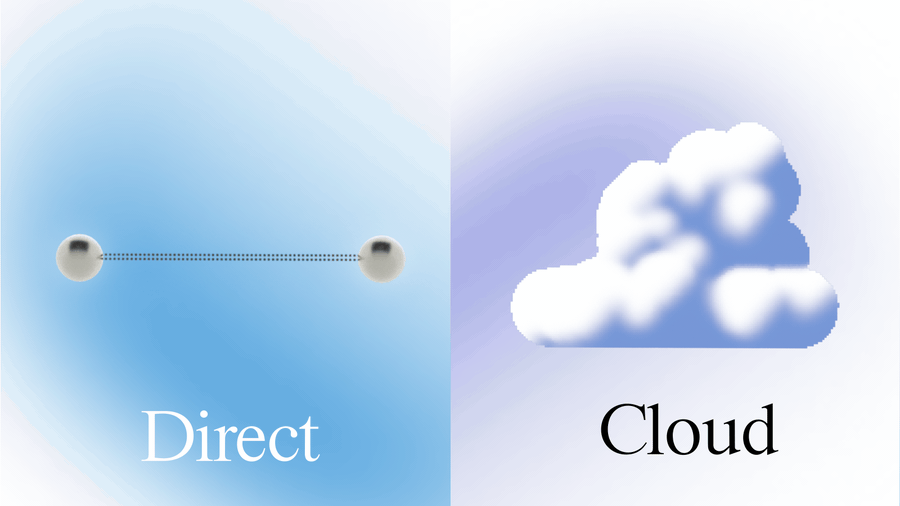
What Is Synthetic Film Dubbing: AI Deepfake Technology Explained
Many of us remember the good old days of dubbing. The on-screen actor speaks dialog while their lips move unnaturally, pronouncing words in another language.
In addition to being unnatural, classical dubbing had one more drawback. The need to adjust the localized text to the actor's facial expressions often meant changing the meaning of the dialog itself.
In general, this resulted in a less pleasant experience for the viewer. With subtitles, although the actor’s acting is authentic, those who are reading subtitles will not enjoy the performance as the native audience does because they are reading text at the bottom of the screen.
AI/deepfake dubbing technology helps to reduce nearly every difficulty introduced by the original approach. At the same time, and this is important, it does not give rise to new intricacies.
If you've never heard of deepfakes , you can start learning by reading What Are Deepfakes: Synthetic Media Explained. In short, deepfake technology helps to adjust video and audio content using machine learning technologies.

